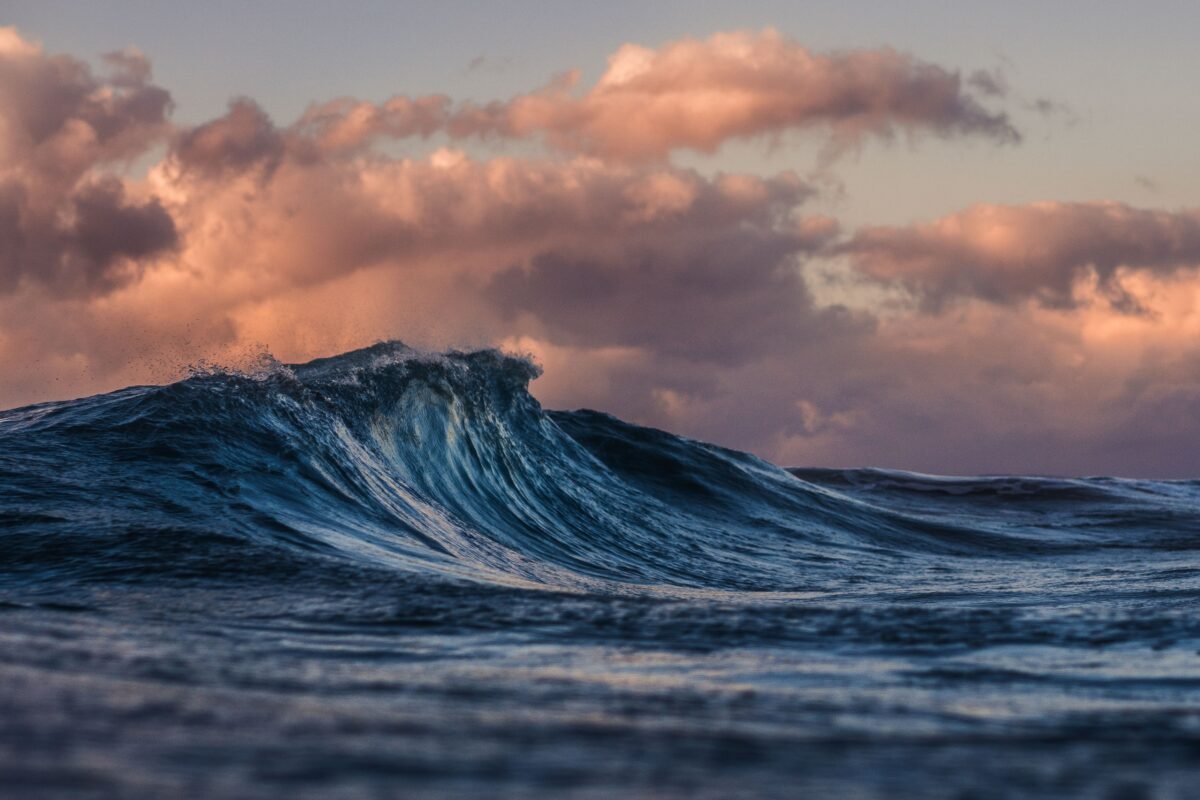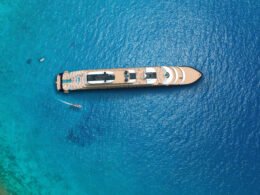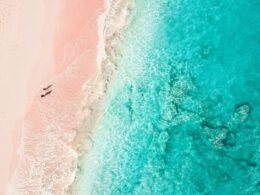Guests traveling along the Norwegian Viking Polaris received the shock of a lifetime when a US woman died after being struck by broken glass caused by a rogue wave. Her name has not been released by the company.
Additionally, several others received non-life-threatening injuries and were treated by medical staff onboard the ship.
According to a BBC report, the 203m (665ft) long ship was sailing towards Ushuaia, Argentina on Tuesday, when it was caught in a storm and the harrowing incident occurred.
The ship, launched earlier this year and able to accommodate 378 guests and 256 crew members, received limited damage.
“It is with great sadness that we confirmed a guest passed away following the incident. We have notified the guest’s family and shared our deepest sympathies. We will continue to offer our full support to the family in the hours and days ahead,” a Viking spokesperson said in a statement released on December 1st.
“We are investigating the facts surrounding this incident and will offer our support to the relevant authorities. Our focus remains on the safety and wellbeing of our guests and crew, and we are working directly with them to arrange return travel.”
What Exactly are ‘Rogue Waves?’
The United States’ National Oceanic and Atmospheric Administration defines rogue waves as “large, unexpected, and dangerous,” and are “waves which are greater than twice the size of surrounding waves, are very unpredictable, and often come unexpectedly from directions other than prevailing wind and waves.”

Moreover, since these types of waves are rare, there hasn’t been any significant measurements or analysis of the phenomenon, and scientist are still investigating how they form.
The largest rogue wave ever reported is to have occurred on January 1st, 1995, at Norway’s Draupner gas platform, located in the North Sea. The wave, the first to be detected by measuring instruments, was 84 feet high and had a crest of 61 feet.
Per Viking Cruises’ website, Viking Polaris had been marketed as a ship “built specifically to explore the most remote destinations and allow you to immerse yourself in those regions.”
Itineraries include Niagara and the Great Lakes, Canada and the Atlantic Coastline, Panama and Scenic South America, and more routes.
The company canceled the next scheduled trip for Viking Polaris, which was to set sail to Antarctica.
“After careful consideration, we have made the difficult decision to cancel the ship’s next scheduled departure, the December 5-17 Antarctic Explorer itinerary; all impacted guests and their travel advisors have been notified directly by Viking Customer Relations.”














